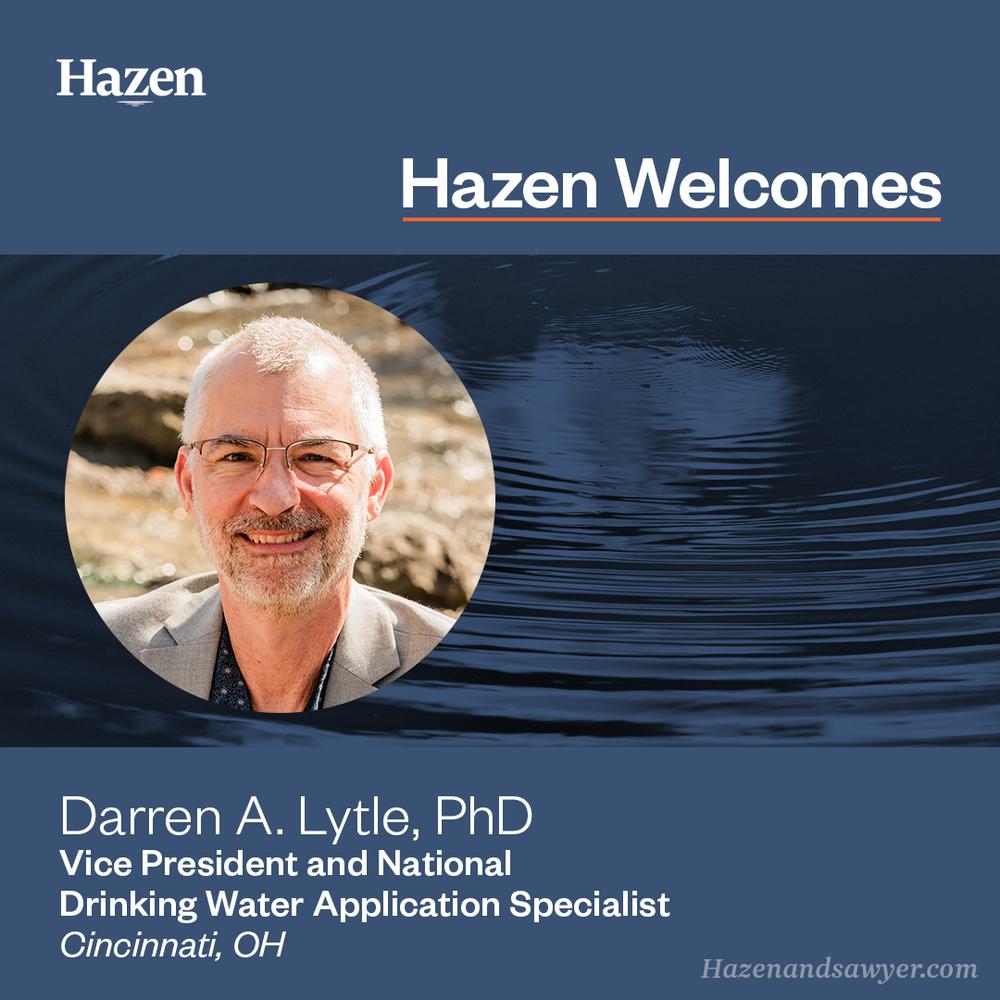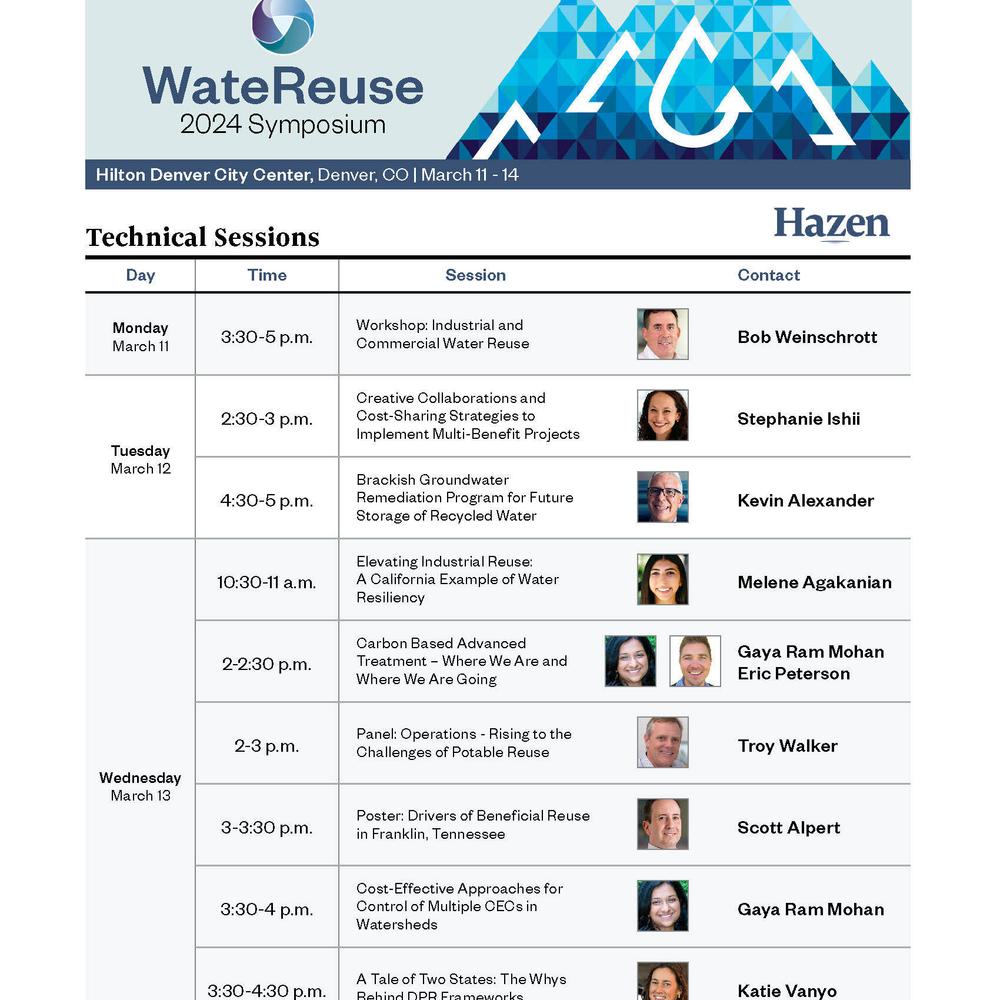Filter Rehabilitation - One Size Does Not Fit All
Plant operators are tasked with the challenges of getting the most out of their filters as well as incorporating new technologies into existing plants to reap the benefits of improvements in technology associated with new filtration products and operational methods.
Depending on operational goals, restrictions associated with the existing units including the availability of capital, the rehabilitation and subsequent optimization of a filter can take a variety of different paths. While there certainly are dozens of ways to reach the desired end results, there are undeniably a handful of crucial investigations and design considerations that must be intensely engaged in to ensure a successful filter rehabilitation project.
Related Topics:
How Filters Work
Filtration is a crucial step of the water treatment process, and one that continues to be revised, improved and refined today.

This presentation will touch on a handful of challenges a designer must consider in the rehabilitation of a filter that can easily be oversimplified or even worse, overlooked, and elaborate by demonstrating how these challenges manifested themselves uniquely in a number of recent filter rehabilitation projects in the Philadelphia area.


- Philadelphia Water Department’s Queen Lane WTP – A recently completed project at the Queen Lane WTP included the rebuild the underdrains of two filter units and saw the installation of water proof coating systems in the gullets of another four filters. The plant, originally completed in the early 1900s and substantially upgraded in the 1950s, contributed a substantial number of unique features associated with the vintage of the original construction.
- New Jersey American Water’s Swimming River and Jumping Brook WTPs – A suspected underdrain failure (associated with substantial media discovered in the underdrain plenum) lead to an intense investigation of the problem, as well as the subsequent inspection of all other filtration units (8 total) at the plants. The project demonstrated the importance of consistent filter monitoring during normal operations and inspection to ensure reliability of units. The original investigation and subsequent repairs of the failed underdrain were completed in 2014 and continued inspections occur annually.
- New Jersey Water Supply Authority’s Manasquan WTP – One of the three filters at the Manasquan WTP experienced the uplift and failure of the underdrain during a normal backwash cycle at the beginning of the summer of 2016 which lead to the emergency design of repairs within that filter, to also be installed in the two other filters at the plant in the future. Prior to the design of a new underdrain system, the causation of the failure was determined which demonstrated a number of oversights in the existing underdrain system design. The project presented a very unique retrofit with numerous design obstacles which limited the viable alternatives for a robust, reliable final repair.









